Home>Furniture>Living Room Furniture>What Are Speed Cushions
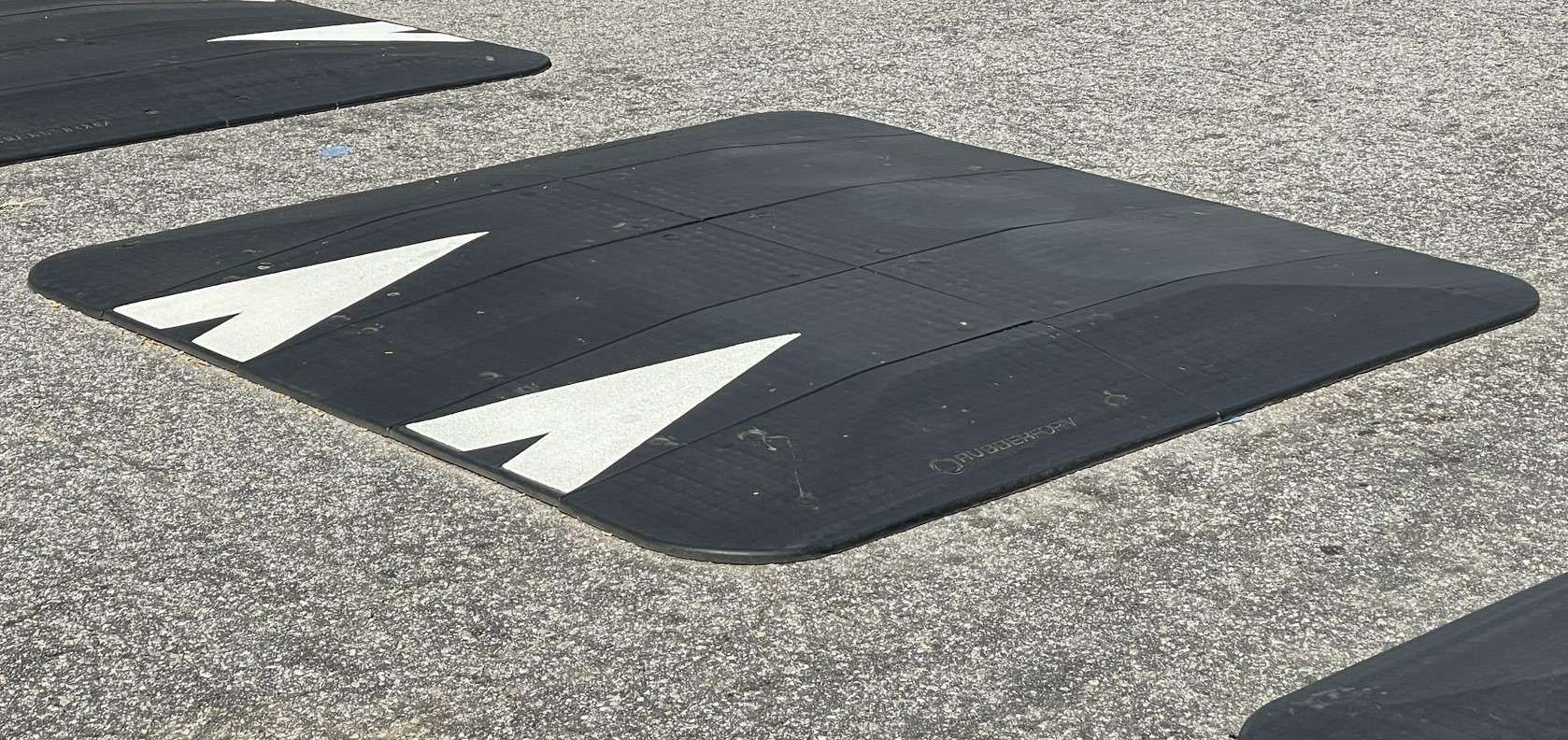

Living Room Furniture
What Are Speed Cushions
Modified: March 16, 2024
Discover the benefits of speed cushions for your living room furniture. Shop now to find the perfect cushions to enhance your home decor.
(Many of the links in this article redirect to a specific reviewed product. Your purchase of these products through affiliate links helps to generate commission for Storables.com, at no extra cost. Learn more)
Introduction
When it comes to creating a comfortable and inviting living room, furniture selection plays a vital role. The right choice of living room furniture can transform a space into a cozy retreat for family and friends. From plush sofas and stylish coffee tables to sleek entertainment centers and functional storage solutions, the options are endless when it comes to choosing the perfect living room furniture.
However, finding the perfect pieces to suit your taste and lifestyle can be overwhelming. With so many options available, it’s important to have a solid understanding of the different types of living room furniture and how to optimize your selection for both style and functionality.
In this comprehensive guide, we will explore the world of living room furniture in depth, covering everything from sofas and sectionals to coffee tables, accent chairs, and media consoles. We’ll provide insights on how to choose the right furniture pieces, mix different styles and materials, and create a cohesive and stylish look for your living room.
Additionally, we’ll discuss the importance of quality and durability when selecting living room furniture and how to properly care for and maintain your investment. We’ll also delve into the latest trends in living room furniture design and offer tips on how to incorporate these trends into your own space.
Whether you’re a first-time homeowner looking to furnish your new living room or you’re simply looking to update your current space, this guide will serve as your go-to resource for all things living room furniture. Get ready to transform your living room into a stylish and functional haven that reflects your unique personality and meets your everyday needs.
Key Takeaways:
- Speed cushions are road structures designed to slow down cars in residential areas, making roads safer for pedestrians and reducing the risk of accidents. They are effective, cost-efficient, and allow emergency vehicles to pass through.
- Properly maintaining and strategically placing speed cushions, while considering community feedback, enhances their effectiveness in reducing speeding and improving road safety. Public engagement and transparent communication are key to their success.
Read more: What Is An Infill Speed
Definition of Speed Cushions
Speed cushions are traffic calming devices designed to reduce vehicle speeds in residential areas, school zones, and other areas with heavy pedestrian activity. They are raised pavement structures placed across a road or street, typically made from durable materials such as asphalt, concrete, or rubber. Speed cushions are specifically designed to slow down vehicular traffic by creating a physical barrier or disruption on the road surface, forcing drivers to reduce their speed.
Unlike speed bumps or humps, which are uniformly raised across the width of the road, speed cushions have a series of gaps or cutouts that allow larger vehicles, such as emergency vehicles or buses, to pass through without much disturbance. These gaps are strategically placed to align with the vehicle’s wheelbase, allowing for a smoother ride for larger vehicles, while still acting as an effective deterrent for speeding.
Speed cushions are typically installed in a series of two to three cushions across the width of the road, depending on the road width and traffic conditions. The cushions are usually spaced at regular intervals to maximize their effectiveness in slowing down vehicles. They are often painted with reflective markings to increase visibility, especially during nighttime or adverse weather conditions.
The design and dimensions of speed cushions may vary depending on the specific traffic calming requirements of a particular area. However, they are generally designed to be 3 to 4 inches high, 6 to 8 feet long, and 10 to 12 feet wide. These dimensions are carefully calculated to ensure that vehicles traveling at excessive speeds experience a noticeable reduction in speed and discomfort, while still allowing safe passage for vehicles traveling at or below the speed limit.
Speed cushions are effective in reducing vehicle speeds without significantly impeding the flow of traffic. By slowing down vehicles, speed cushions enhance road safety by improving pedestrian and cyclist safety, reducing the risk of accidents, and promoting a quieter and more peaceful neighborhood environment.
Purpose and Benefits of Speed Cushions
The primary purpose of speed cushions is to effectively reduce vehicle speeds in areas where speeding is a concern. By creating a physical barrier or disruption on the road surface, speed cushions force drivers to slow down and adhere to the posted speed limit. This helps to enhance road safety and protect vulnerable road users, such as pedestrians, cyclists, and children playing in the neighborhood.
Here are some key benefits of speed cushions:
- Traffic Calming: Speed cushions are a proven and effective traffic calming measure. They help to calm traffic in residential areas, school zones, and other areas where pedestrian safety is a priority. By reducing vehicle speeds, they create a safer and more pedestrian-friendly environment.
- Improved Safety: The main objective of speed cushions is to improve road safety. By slowing down vehicles, they reduce the risk of accidents, especially in areas with heavy foot traffic. Speed cushions are particularly effective in preventing excessive speeding, which is a major contributor to severe accidents and fatalities.
- Protecting Vulnerable Road Users: Speed cushions provide added protection for pedestrians, cyclists, and other vulnerable road users. By making drivers slow down, they increase the reaction time and visibility, reducing the chances of accidents and injuries.
- Encouraging Compliance with Speed Limits: Speed cushions act as a visual reminder for drivers to adhere to the posted speed limits. By creating a physical obstacle, they encourage drivers to slow down and avoid exceeding the speed limit.
- Minimal Impact on Emergency Vehicles: Speed cushions are designed with gaps that allow larger emergency vehicles, such as fire trucks and ambulances, to safely maneuver over them without causing significant delays or discomfort. This ensures that emergency response times are not compromised.
- Cost-Effective Solution: Speed cushions are a cost-effective traffic calming measure compared to other alternatives, such as speed bumps or traffic islands. They require less materials and labor for installation and maintenance.
- Community Satisfaction: Speed cushions contribute to a more pleasant and peaceful neighborhood environment. Their presence sends a clear message to drivers that the community values safety and is committed to maintaining a calm and comfortable living environment.
Overall, speed cushions are an effective solution for reducing speeding and improving road safety in residential areas. They provide a range of benefits, from calming traffic and protecting vulnerable road users to encouraging compliance with speed limits and enhancing the quality of life for residents.
Design and Construction of Speed Cushions
The design and construction of speed cushions play a crucial role in their effectiveness and durability. They are engineered to slow down vehicle speeds while maintaining a smooth and safe driving experience for all road users. Here are the key aspects of the design and construction of speed cushions:
- Materials: Speed cushions are commonly constructed using durable materials such as asphalt, concrete, or rubber. Asphalt and concrete speed cushions provide a more permanent and rigid solution, while rubber speed cushions offer a more flexible and resilient option. The choice of material depends on factors such as road conditions, expected traffic volume, and budget considerations.
- Dimensions: Speed cushions are designed with specific dimensions to effectively slow down vehicles. They are typically 3 to 4 inches high, 6 to 8 feet long, and 10 to 12 feet wide. These dimensions are carefully calculated to create a noticeable disruption on the road surface without causing discomfort or damage to vehicles passing over them.
- Shape and Configuration: Speed cushions are usually rectangular or trapezoidal in shape, depending on the road design and requirements. They are installed in a series of two to three cushions across the width of the road. The spacing between the cushions is determined based on factors such as road width, traffic volume, and desired speed reduction.
- Reflective Markings: To enhance visibility and improve safety, speed cushions are often painted with reflective markings. These markings are applied to the surface of the cushions to make them more visible, especially during nighttime or adverse weather conditions.
- Installation: Proper installation is crucial for the effectiveness of speed cushions. They are typically installed flush with the road surface to ensure a smooth ride for vehicles passing over them. The installation process involves cutting into the existing road surface and preparing a stable base for the cushions before they are secured in place using strong adhesives or anchor bolts.
- Maintenance: Regular maintenance is essential to keep speed cushions in optimum condition. This includes regular inspection for any signs of damage or wear, such as cracks, loose materials, or fading reflective markings. Repairs and repainting should be carried out promptly to maintain visibility and functionality.
It is important to note that the design and construction of speed cushions should comply with local regulations and guidelines. Municipal authorities or transportation departments often have specific requirements regarding dimensions, materials, and installation procedures to ensure consistency and effectiveness across different locations.
By carefully considering the design and construction of speed cushions, communities can create an effective traffic calming solution that promotes safer road conditions while minimizing disruption to vehicle flow.
Effects on Vehicle Speed and Safety
Speed cushions have a significant impact on vehicle speed and overall road safety. By creating a physical barrier or disruption on the road surface, speed cushions force drivers to slow down, leading to several favorable effects:
- Speed Reduction: One of the primary functions of speed cushions is to reduce vehicle speeds. When drivers encounter speed cushions, they are compelled to slow down to safely navigate over the raised structure. Studies have shown that speed cushions can effectively reduce vehicle speeds by an average of 10 to 15 miles per hour.
- Enhanced Pedestrian Safety: Slowing down vehicles with speed cushions significantly improves pedestrian safety. By reducing vehicle speeds, speed cushions provide pedestrians with more time to cross the road, increasing their visibility and reducing the risk of accidents. This is particularly beneficial in school zones and residential areas with high pedestrian activity.
- Improved Intersection Safety: Speed cushions installed near intersections can have a positive impact on overall intersection safety. By slowing down vehicles approaching the intersection, speed cushions reduce the likelihood of high-speed collisions and provide more time for other road users to cross or enter the intersection.
- Decreased Stopping Distance: Speed cushions require drivers to reduce their speed, which in turn decreases their stopping distance. This can be especially critical in emergency situations where a sudden stop is required to avoid an accident.
- Reduced Severity of Accidents: Speed cushions have been shown to reduce the severity of accidents when they do occur. By forcing drivers to slow down, the cushions mitigate the impact of collisions, resulting in a lower likelihood of significant injuries or fatalities.
- Improved Compliance with Speed Limits: Speed cushions act as a visual reminder for drivers to adhere to the posted speed limits. The presence of speed cushions serves as an effective deterrent for drivers tempted to exceed the speed limit, encouraging greater compliance and reducing the number of speed-related violations.
- Positive Impact on Driver Behavior: Speed cushions have been found to have a sustained effect on driver behavior. Even after the initial installation, drivers tend to continue reducing their speed in the presence of speed cushions, resulting in a long-term positive impact on road safety.
It’s important to note that while speed cushions effectively reduce vehicle speeds, they should be implemented in conjunction with other traffic calming measures for optimal road safety. This may include signage, crosswalk markings, and additional pedestrian safety infrastructure.
Overall, the presence of speed cushions enhances road safety by reducing vehicle speeds, improving pedestrian safety, decreasing the severity of accidents, and promoting greater compliance with speed limits. These effects make speed cushions a valuable tool in creating safer, more livable communities.
When approaching speed cushions, it’s important to reduce your speed to avoid discomfort or damage to your vehicle. Slow down and drive over them carefully to ensure a smooth and safe passage.
Read more: What Are Tufted Cushions
Considerations for Installation and Placement
Proper installation and strategic placement of speed cushions are crucial for their effectiveness in reducing speeding and improving road safety. Here are some key considerations to keep in mind when installing and placing speed cushions:
- Traffic Volume and Speeding Concerns: Before installing speed cushions, it is important to assess the traffic volume and identify areas where speeding is a concern. This can be determined through traffic studies, analysis of accident data, and input from local residents.
- Appropriate Road Type: Speed cushions are typically suitable for local streets, residential areas, school zones, and other areas with lower speed limits and higher pedestrian activity. It is important to consider the specific road type and its suitability for speed cushions. Arterial roads or highways may not be ideal for speed cushion installation.
- Placement Interval: The spacing or interval between speed cushions is an important factor to consider. It should be determined based on the desired speed reduction, road width, and traffic flow. The spacing should be carefully calculated to ensure that drivers have enough time to slow down between each cushion.
- Emergency Vehicle Access: Emergency vehicle access is a critical consideration when placing speed cushions. Gaps or cutouts should be designed to allow larger emergency vehicles, such as fire trucks or ambulances, to pass over the cushions without significant delays or discomfort.
- Intersection Considerations: When placing speed cushions near intersections, it is important to consider the sightlines of both drivers and pedestrians. Cushions placed too close to an intersection may obstruct visibility and create hindrance. It is crucial to maintain clear visibility for safe maneuvering.
- Community Engagement: It is important to involve the local community and gather feedback on the proposed placement of speed cushions. This helps to ensure that the installation addresses the concerns and needs of the residents while minimizing any negative impacts on the neighborhood.
- Reflective Markings and Signage: Proper signage and reflective markings should accompany speed cushions to enhance visibility and alert drivers to their presence. This includes “Speed Cushions Ahead” signs and reflective lane markings to provide clear guidance to drivers.
- Regular Monitoring and Evaluation: After installing speed cushions, it is essential to monitor their effectiveness and gather feedback from residents. Ongoing evaluation and adjustments may be necessary to ensure that the speed cushions are achieving the desired results and addressing any potential issues.
Local transportation authorities or traffic engineering professionals should be consulted to ensure that the installation and placement of speed cushions comply with local regulations, guidelines, and safety standards.
By carefully considering these factors during the installation and placement process, speed cushions can effectively reduce speeding and improve road safety in the designated areas, creating a safer environment for both drivers and pedestrians.
Maintenance and Durability of Speed Cushions
Maintaining and ensuring the durability of speed cushions is crucial to their long-term effectiveness in reducing speeding and enhancing road safety. Here are some key considerations for the maintenance and durability of speed cushions:
- Regular Inspection: Speed cushions should be regularly inspected to identify any signs of damage or wear. This includes checking for cracks, loose materials, or fading reflective markings. Inspections should be conducted at least every six months, or more frequently if the cushions experience heavy traffic or severe weather conditions.
- Prompt Repairs: If any damage or wear is detected during inspections, prompt repairs should be carried out. Cracks or holes in the cushions should be repaired using appropriate patching materials and techniques to ensure the integrity and effectiveness of the speed cushions.
- Repainting: Reflective markings on speed cushions may fade over time due to exposure to sunlight and wear. Repainting the markings is essential to maintain visibility and ensure that drivers can clearly see the cushions, especially during nighttime or adverse weather conditions.
- Surface Cleaning: Regular surface cleaning of speed cushions is important to remove dirt, debris, and any vegetation growth. This helps to maintain the visual appeal of the cushions and ensures that drivers have a clear view of them, enhancing their effectiveness as a traffic calming measure.
- Snow and Ice Removal: In regions with winter weather conditions, it is important to remove snow and ice from speed cushions promptly. This helps to prevent the cushions from becoming slippery and ensures that they remain visible and functional during snowy or icy conditions.
- Seasonal Maintenance: Depending on the climate and weather conditions, additional seasonal maintenance may be required for speed cushions. This may include applying a protective coating to prevent deterioration due to exposure to harsh winter conditions or intense summer heat.
- Community Reporting: Encourage community members to report any issues or concerns regarding the condition of speed cushions. This can be done through dedicated hotlines, online reporting platforms, or direct communication with local transportation authorities. Promptly addressing reported issues helps to maintain community satisfaction and improve road safety.
- Manufacturer Recommendations: Follow the maintenance recommendations provided by the manufacturer of the speed cushions. They may have specific guidelines on cleaning, repairs, and proper use of materials for longevity and durability.
Regular maintenance and prompt repairs are essential to ensure that speed cushions remain in good condition and continue to effectively reduce speeding in the designated areas. By proactively addressing any damage or wear, communities can maintain the longevity and overall functionality of the speed cushions, providing long-term benefits for road safety.
Public Perception and Community Feedback
Public perception and community feedback play a vital role in the implementation and success of speed cushions as a traffic calming measure. It is important to consider the perspectives and concerns of residents to ensure the effectiveness and acceptance of speed cushions within the community. Here are some key aspects related to public perception and community feedback:
- Community Engagement: Engaging the local community throughout the process is crucial. This includes informing residents about the need for speed cushions, seeking their input on potential locations, and addressing any concerns or misconceptions. This helps to foster a sense of ownership and participation within the community.
- Educating the Public: Providing clear and accurate information about the purpose and benefits of speed cushions is essential. Educate the public about how speed cushions enhance road safety, reduce speeding, and create a more livable community. This can be done through community meetings, newsletters, websites, or educational campaigns.
- Soliciting Feedback: Actively seek feedback from residents regarding the effectiveness and impact of speed cushions. This can be done through surveys, public forums, or direct communication channels. Listening to the community’s experiences and concerns helps to address any issues and make necessary improvements.
- Addressing Concerns: Take community concerns seriously and address them promptly and transparently. Some common concerns may include noise, vehicle comfort, emergency vehicle access, or potential effects on property values. Openly discussing these concerns and providing clear explanations can help to alleviate apprehensions and build community support.
- Monitoring and Evaluation: Continuously monitor the impact of speed cushions and evaluate their effectiveness in reducing speeding and improving road safety. Share the findings with the community and engage them in the evaluation process. This demonstrates a commitment to data-driven decision-making and fosters a sense of accountability.
- Adaptability and Flexibility: Be open to making adjustments based on community feedback and evolving needs. This may include relocating speed cushions, modifying their design or signage, or implementing additional traffic calming measures as necessary. Flexibility in responding to community feedback helps to build trust and maintain community satisfaction.
- Transparent Communication: Maintain open and transparent communication channels with the community. Provide regular updates on maintenance schedules, repairs, or any changes related to speed cushions. This fosters trust and ensures that the community is informed and involved in the process.
- Recognizing Positive Impact: Highlight and acknowledge the positive impact of speed cushions in improving road safety and creating a more livable community. Share success stories, accident reduction data, and testimonials from residents to showcase the benefits of speed cushions. This helps to build support and encourage a positive perception within the community.
By actively involving the community, addressing concerns, and maintaining transparent communication, public perception of speed cushions can be positively influenced. When the community feels heard and understood, acceptance and support for speed cushions as an effective traffic calming tool are more likely to flourish.
Comparison with Other Traffic Calming Measures
When it comes to traffic calming, there are various measures available to address speeding and improve road safety. While speed cushions are highly effective in reducing vehicle speeds, it is essential to understand their advantages and disadvantages compared to other traffic calming measures. Here’s a comparison of speed cushions with other commonly used measures:
- Speed Humps/Bumps: Speed humps or bumps are raised sections of the road that are uniform in height and width. Unlike speed cushions, which have gaps to allow larger vehicles to pass through, speed humps or bumps slow down all vehicles uniformly. Speed cushions, on the other hand, allow larger vehicles, such as emergency vehicles or buses, to pass over them with minimal disruption. This makes speed cushions a better option for areas with regular emergency vehicle flow.
- Speed Tables: Speed tables are larger and longer than speed humps or cushions. They are flat-topped structures with raised edges. While speed tables can significantly reduce vehicle speeds, they require more space for installation. Speed cushions are a more practical option in narrow or congested roadways where space is limited.
- Chicanes: Chicanes are geometric changes in the road alignment, typically consisting of alternating curb extensions or islands that force vehicles to maneuver in a serpentine pattern. Chicanes can effectively slow down traffic, but they require significant road modifications and often result in reduced lane widths. Speed cushions, on the other hand, provide a more streamlined and cost-effective solution for speeding mitigation.
- Traffic Circles/Roundabouts: Traffic circles or roundabouts are circular intersections that require vehicles to slow down and yield before entering. While they are effective in reducing speeds and improving traffic flow, their implementation generally requires significant road reconstruction and may not be suitable for all locations. Speed cushions, on the other hand, can be installed on existing roads with minimal disruption or need for reconstruction.
- Speed Cameras: Speed cameras use automated technology to detect and capture images of speeding vehicles, which can result in fines or penalties. While speed cameras are effective in deterring speeding, their implementation requires advanced technology infrastructure and may not provide immediate physical traffic calming. Speed cushions offer a more tangible and immediate solution to reducing speeds and enhancing road safety.
Each traffic calming measure has its own advantages and limitations. The choice of measure depends on factors such as the characteristics of the road, traffic volume, available space, and the specific traffic safety objectives of the location. Speed cushions are a versatile and effective option for reducing speeding while allowing safe passage for emergency vehicles and larger vehicles.
It is important to consult with traffic engineering professionals, local transportation authorities, and community stakeholders to determine the most appropriate and effective traffic calming measure for a specific area. By carefully considering the needs of the location and community, the right traffic calming measure can be selected to create safer and more livable streets.
Read more: What Is A Good Infill Speed In Cura
Conclusion
Living room furniture plays a crucial role in creating a comfortable and inviting space for relaxation and entertainment. By understanding the different types of living room furniture and how to optimize their selection, homeowners can transform their living rooms into stylish and functional retreats.
This comprehensive guide has explored the world of living room furniture, covering everything from sofas and coffee tables to media consoles and accent chairs. We have discussed the importance of quality and durability in furniture selection and provided insights on how to properly care for and maintain these pieces.
By incorporating the latest trends in living room furniture design, homeowners can stay up to date with contemporary styles and create a space that reflects their unique personality and taste. Additionally, understanding the purpose and benefits of speed cushions allows for a better appreciation of their value in improving road safety and reducing speeding in residential areas.
Considerations for installation and placement of speed cushions, along with regular maintenance and addressing community feedback, are vital in ensuring their long-term effectiveness and community support. It is important to engage the public, provide education, and maintain open communication channels to foster a positive perception of speed cushions as a valuable traffic calming measure.
Furthermore, this guide has compared speed cushions with other traffic calming measures to highlight their advantages and suitability for different road conditions. Each measure has its own unique benefits and limitations, and the choice of traffic calming measure should be based on the specific needs and characteristics of the location.
In conclusion, by carefully selecting and arranging living room furniture, homeowners can create a space that is both visually appealing and functional. Simultaneously, the implementation of speed cushions and other appropriate traffic calming measures helps to promote safer roads and communities. By considering the needs of residents, engaging the community, and prioritizing road safety, a balance can be achieved between creating a comfortable living space and ensuring a peaceful and secure neighborhood environment.
Frequently Asked Questions about What Are Speed Cushions
Was this page helpful?
At Storables.com, we guarantee accurate and reliable information. Our content, validated by Expert Board Contributors, is crafted following stringent Editorial Policies. We're committed to providing you with well-researched, expert-backed insights for all your informational needs.
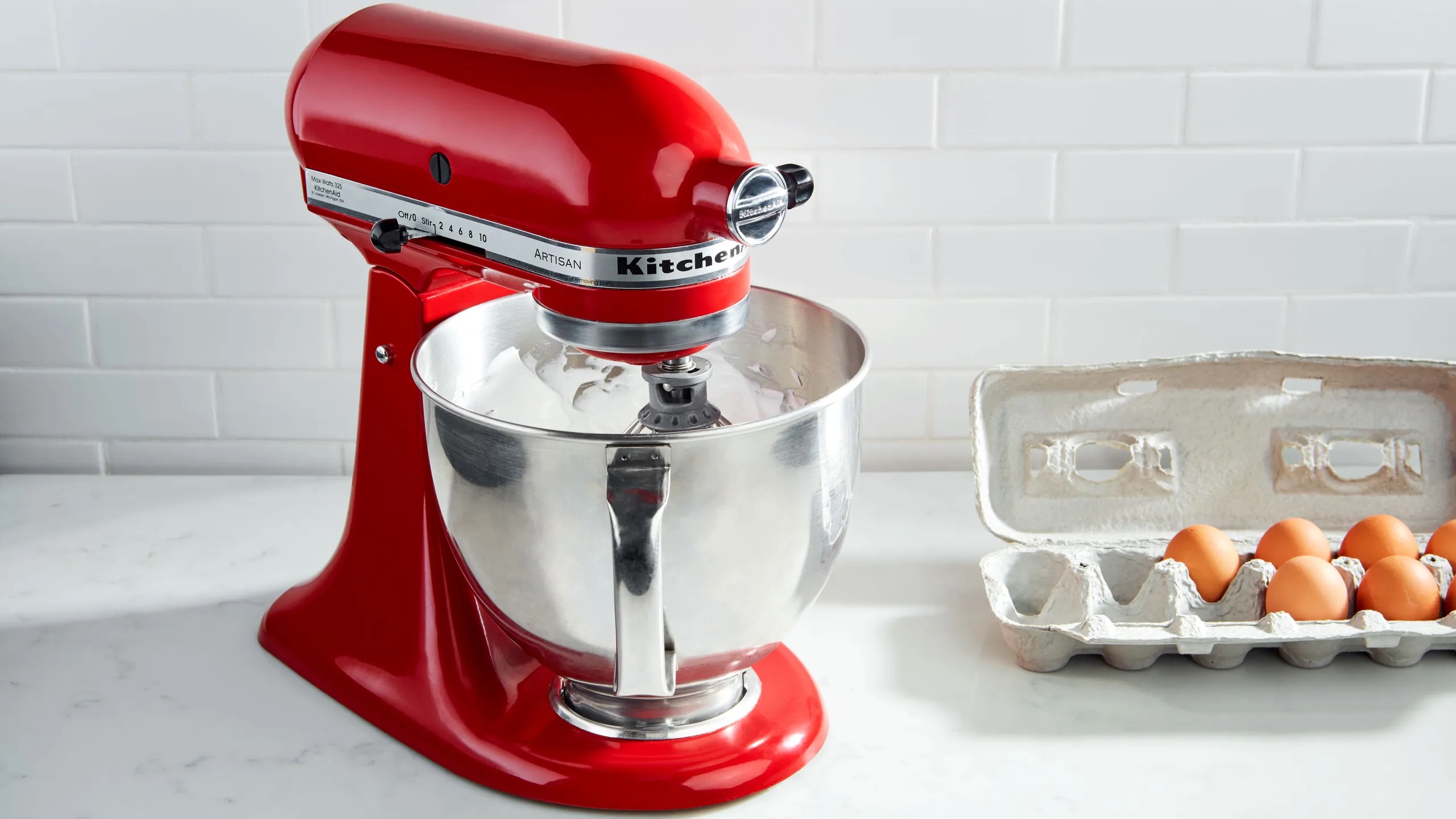
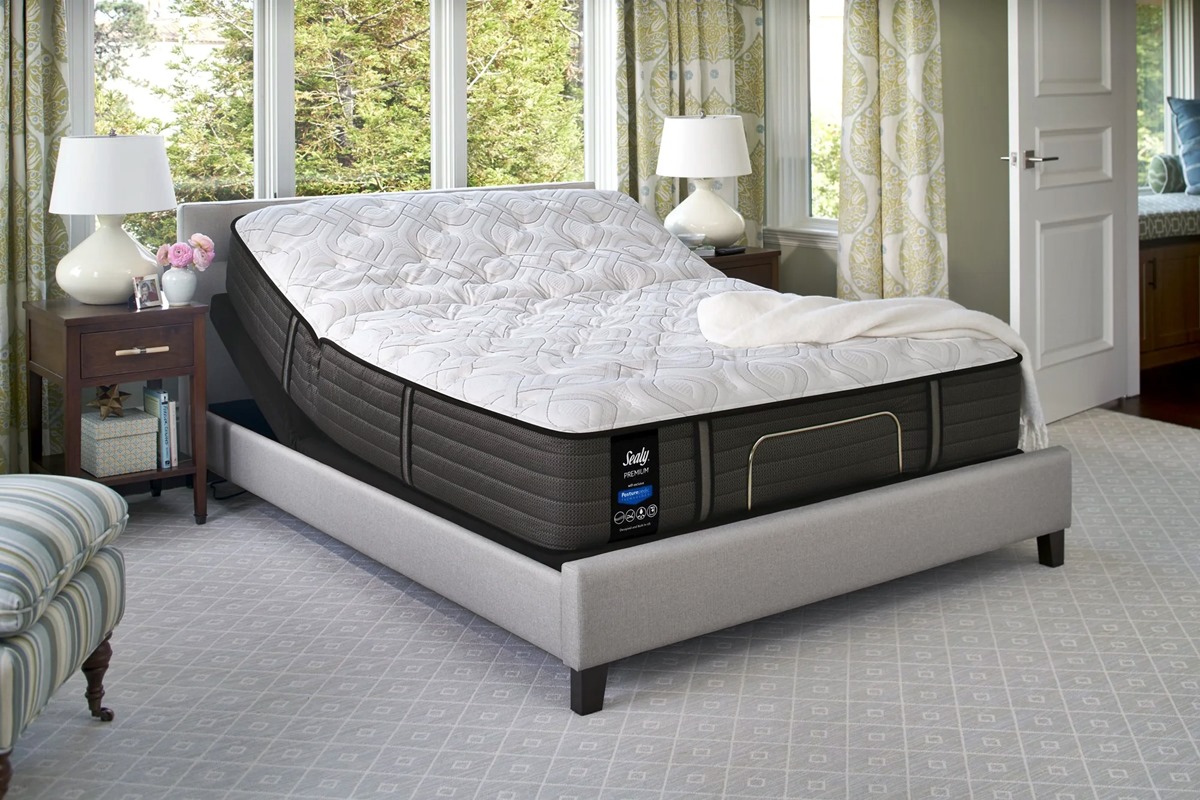

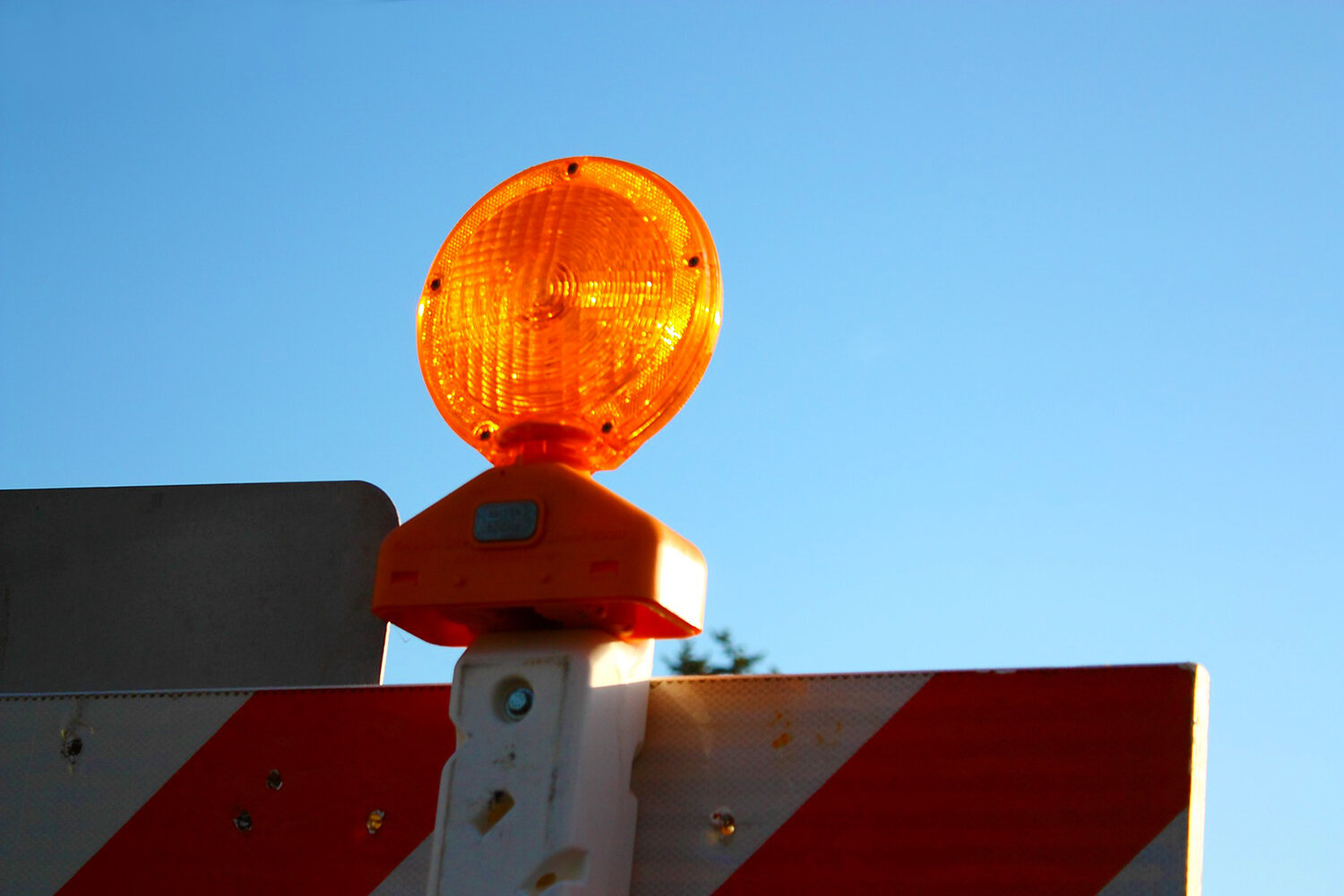
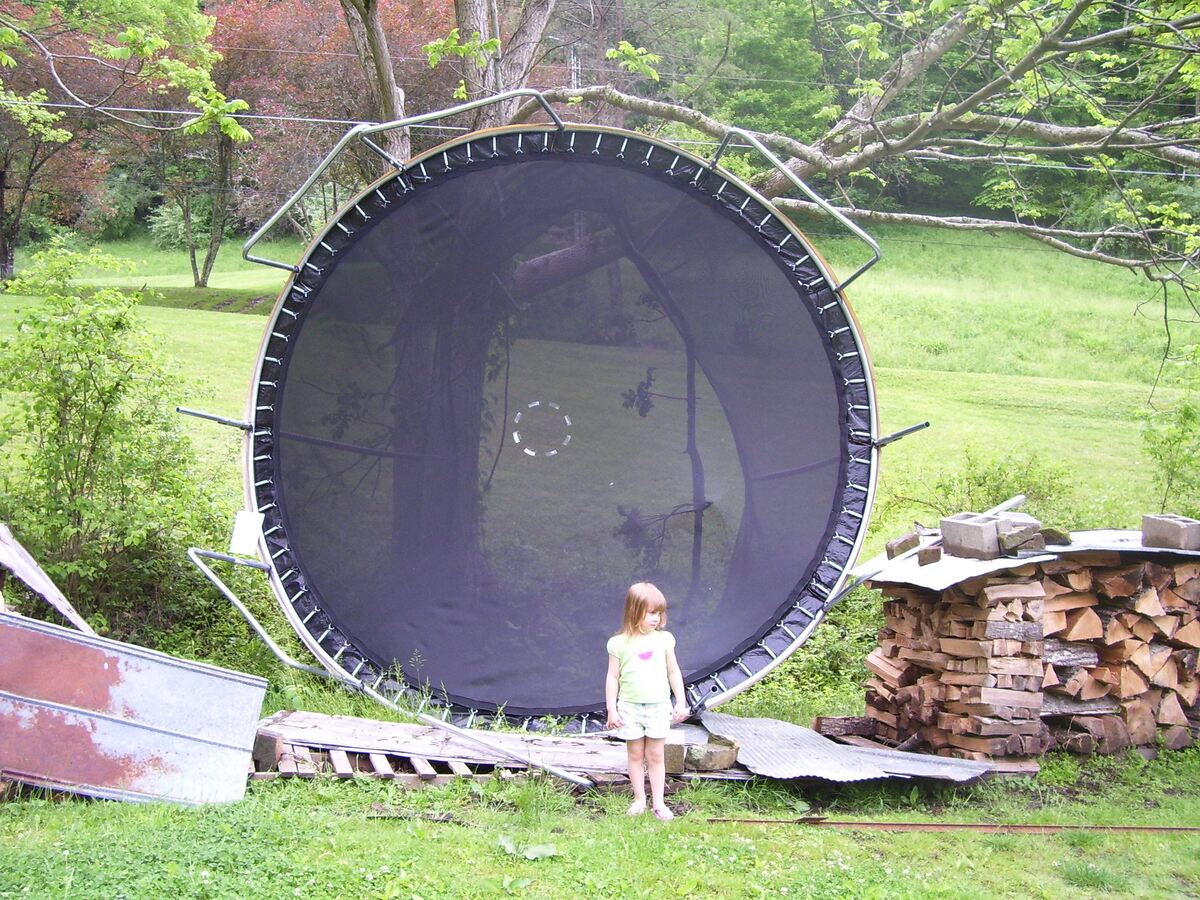
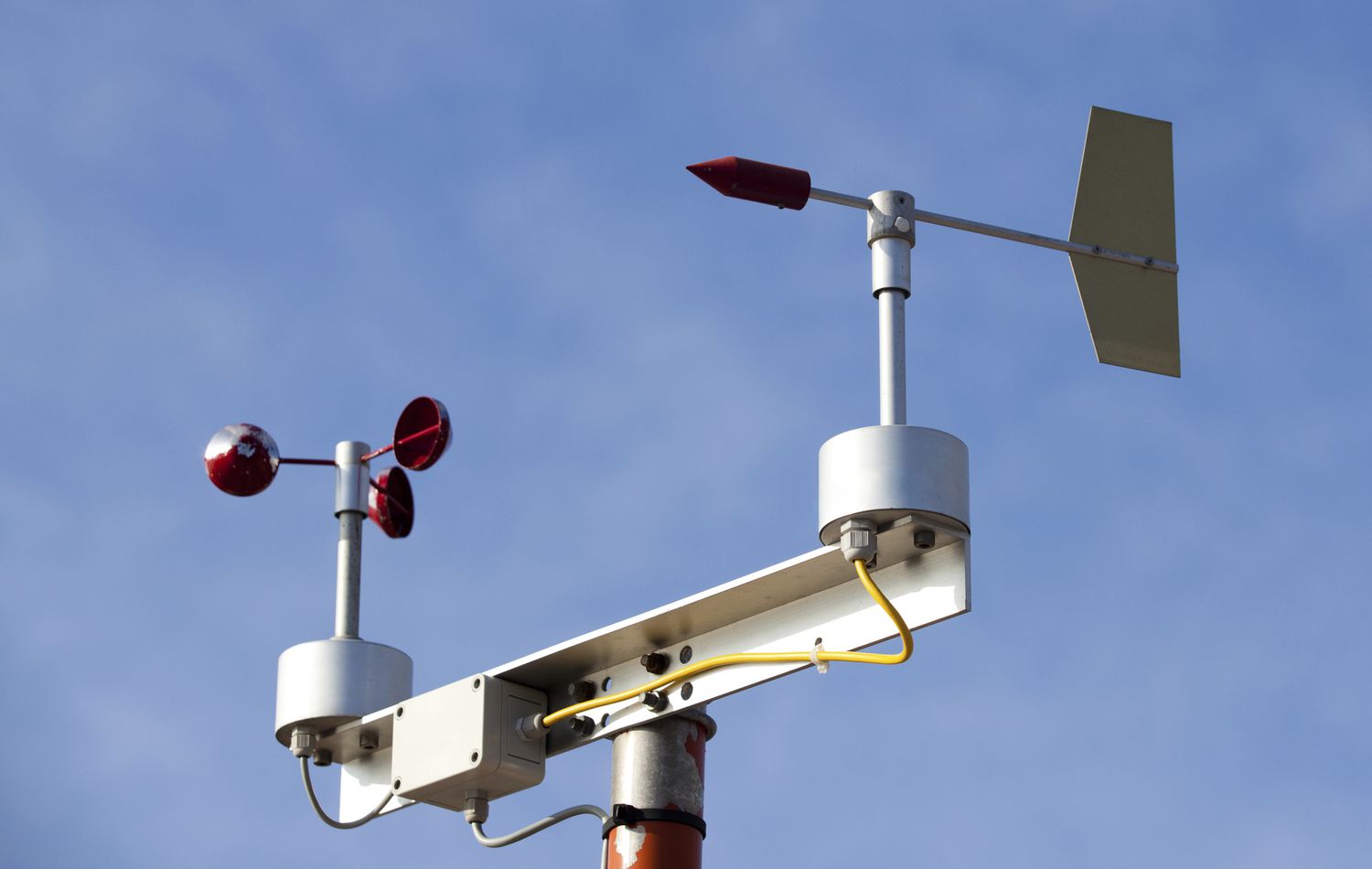
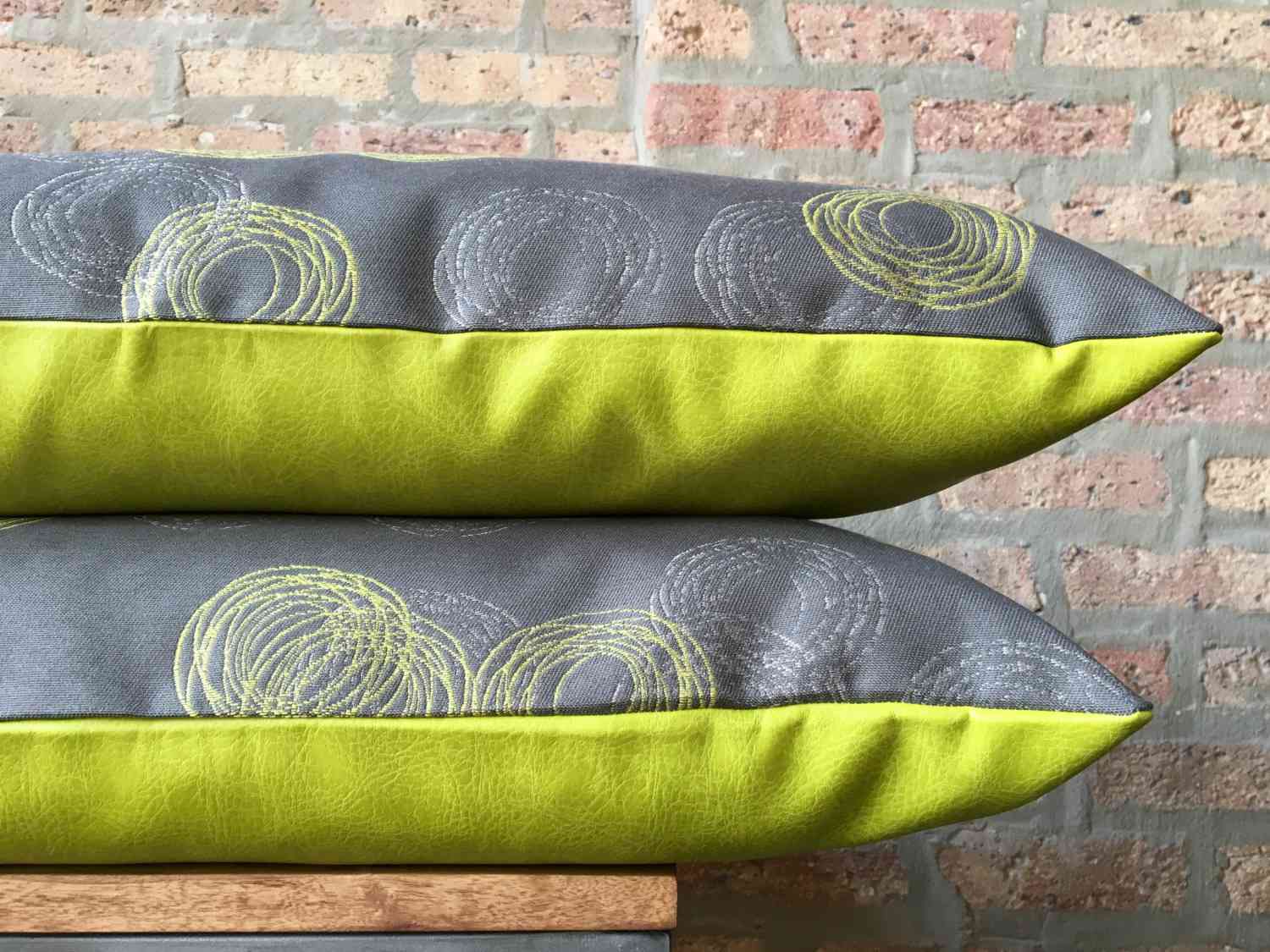
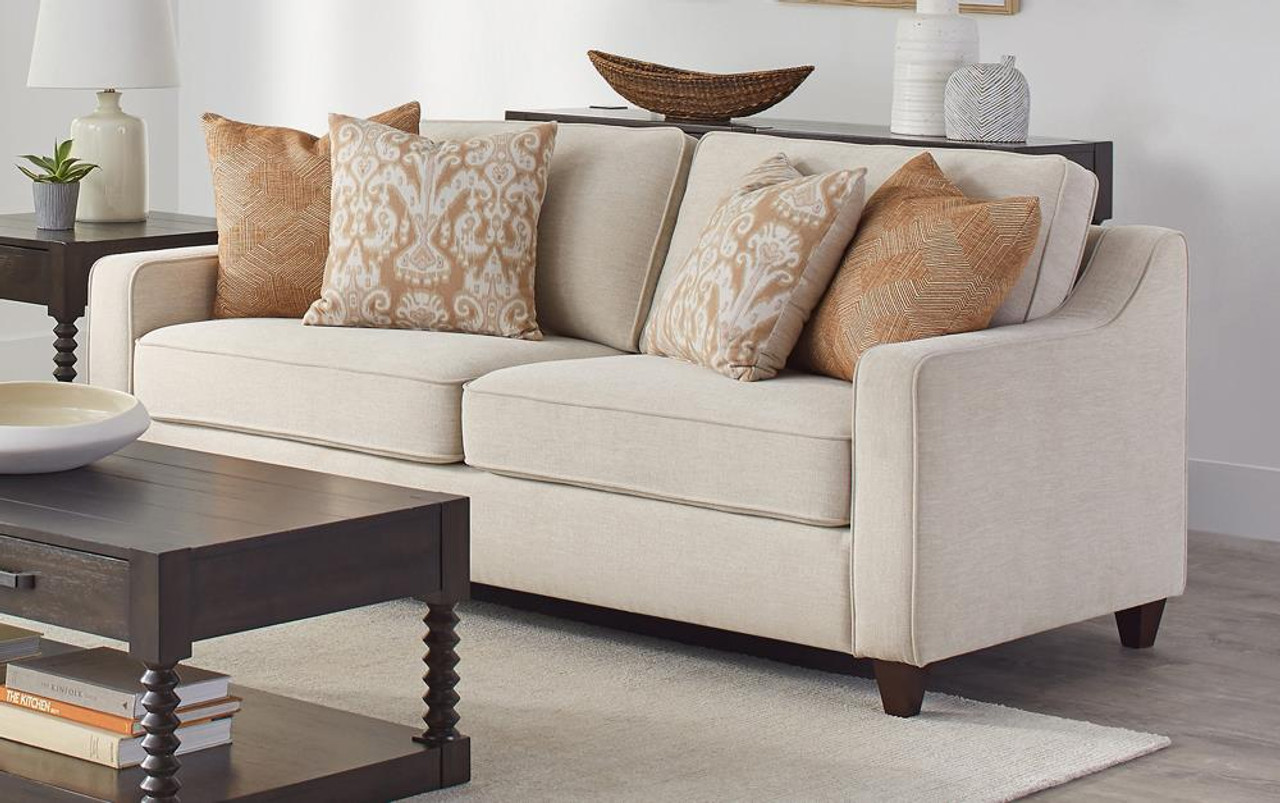
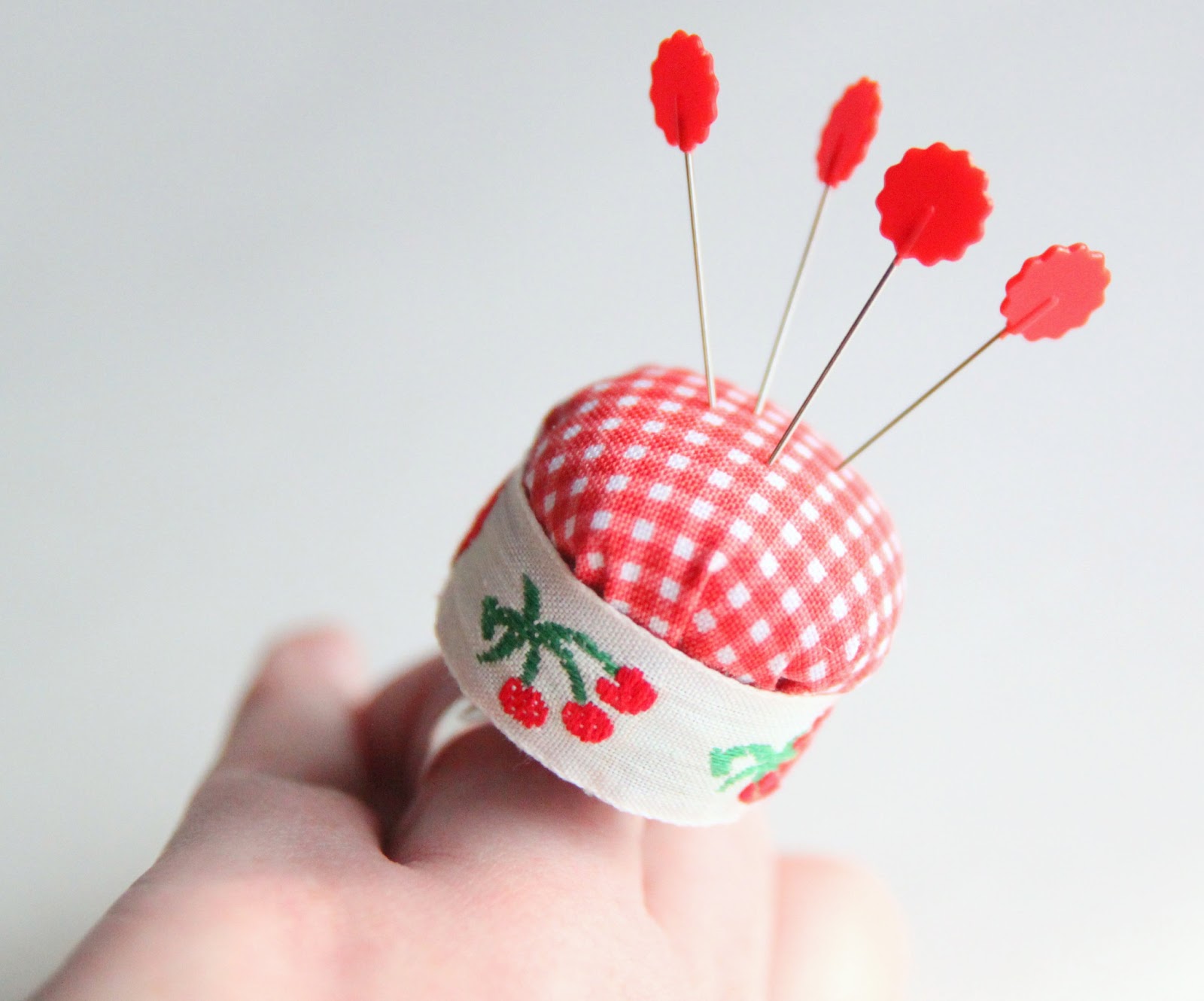

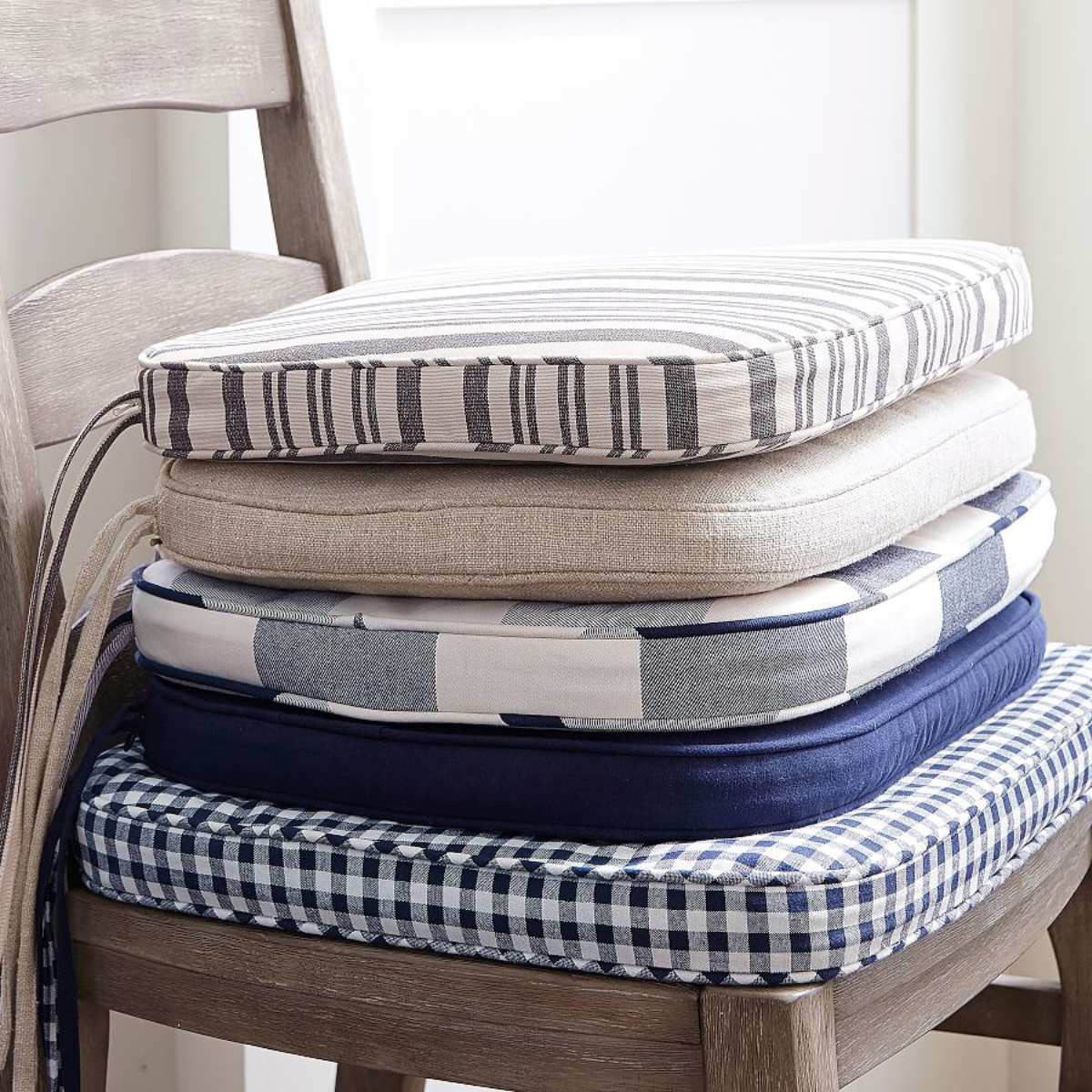
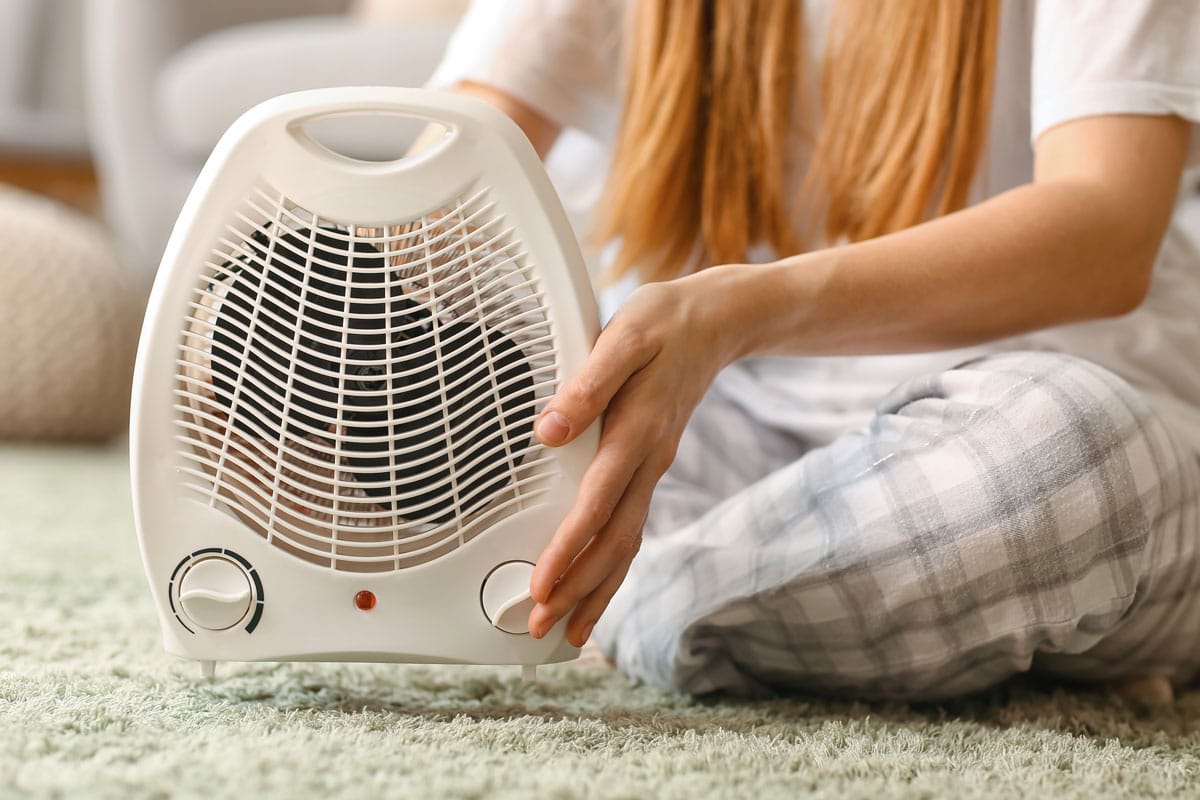
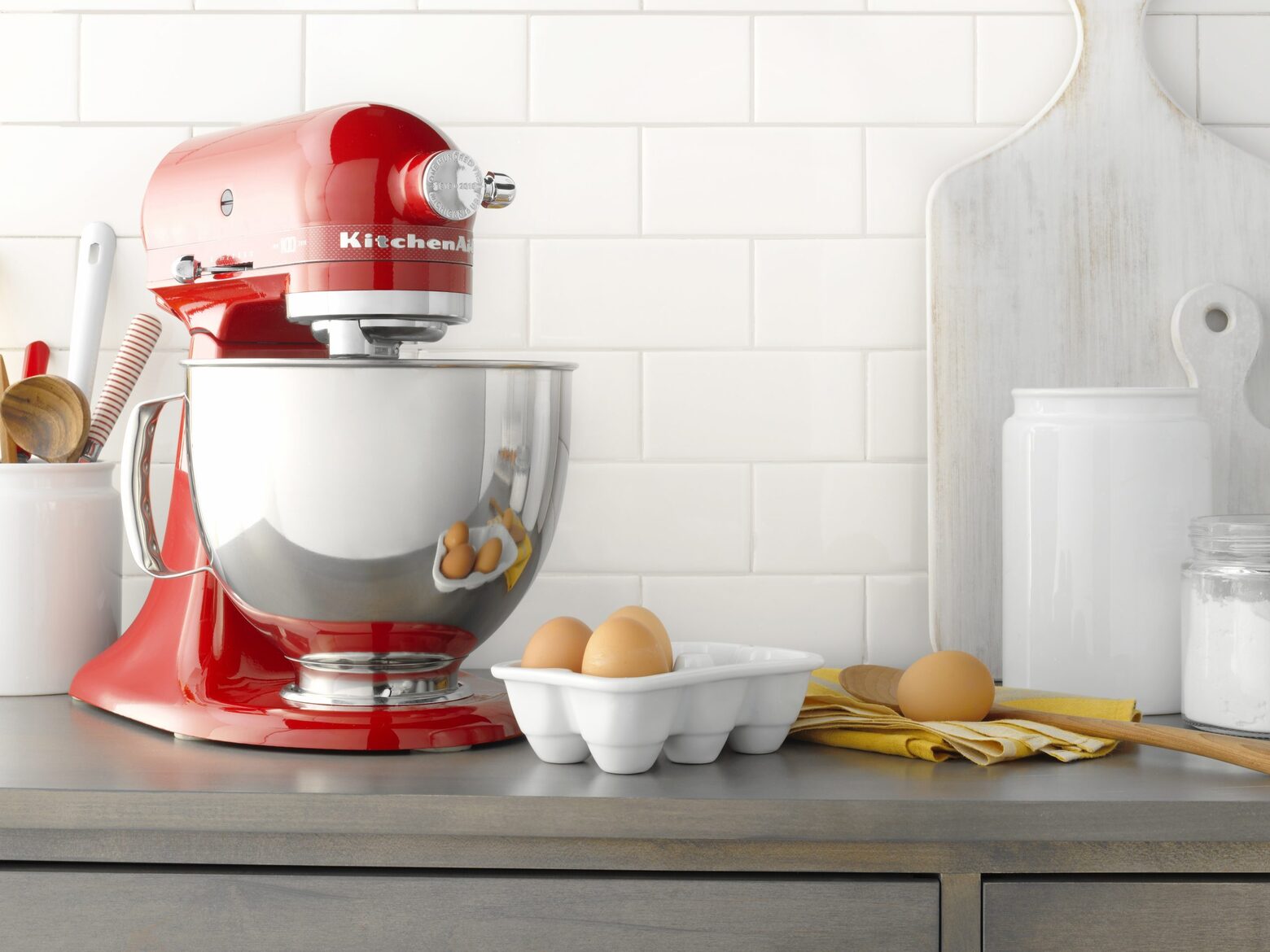

0 thoughts on “What Are Speed Cushions”